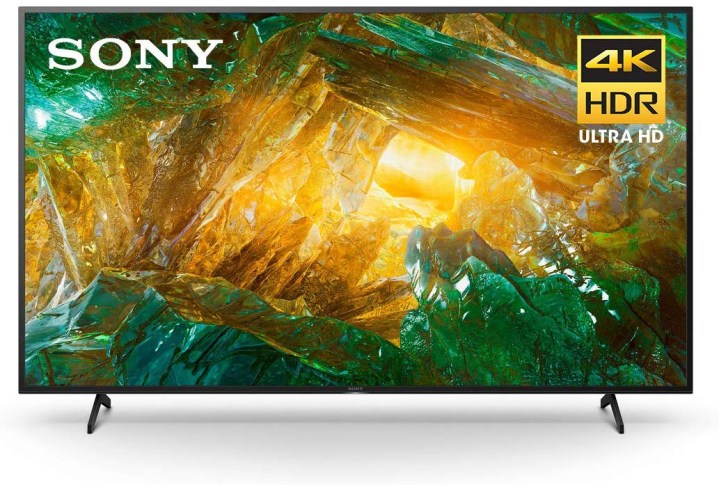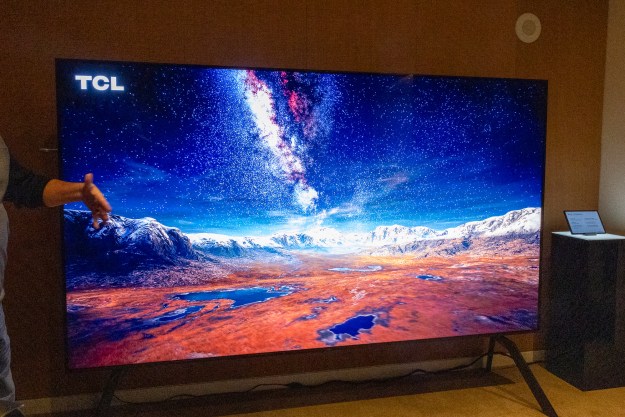Sony offered up a slew of new TVs for 2020 when it revealed its lineup at CES 2020, and now we have the first set of prices and pre-order information for two of these new models: The X800H 4K HDR LED TV and the higher-end X950H 4K HDR LED TV.
Here’s how the new models, sizes, and prices stack up:
X800H 4K HDR LED TV

- 85-inch: $2,700
- 75-inch: $1,800
- 65-inch: $1,200
- 55-inch: $1,000
- 49-inch: $750
- 43-inch: $700
You can pre-order the X800H from Amazon right now, or from other authorized Sony retailers.
Sony didn’t say much about the X800H at the show in Las Vegas, but it’s a highly capable TV. It uses Sony’s
Both Dolby Vision and HDR10 are supported for maximum
As a smart TV, it’s also fairly impressive. Beyond the hundreds of apps supported by Android TV, there’s also Amazon Alexa compatibility which lets you take control over the TV’s functions using an Echo smart speaker or any other Alexa-powered device. With Apple’s HomeKit, the X800H can be added to a variety of automated functions using HomeKit’s scenes.
X950H 4K HDR LED TV

- 85-inch: $5,000
- 49-inch: $1,200
Like the X800H, you can pre-order the X950H through Amazon, too. The X950H will, of course, be available in additional sizes, but Sony says it won’t be announcing pricing or availability until a later date.
The X950H series definitely takes performance up several notches from the X800H. As Sony’s top-performing
The X950H also benefits from Sony’s acoustic multi-audio design, which places tweeters behind the screen — but at a higher point — to give a more realistic sound for elements like dialog. Dolby Atmos rounds out its audio chops.
Just like the X800H, all of the smart TV features are here, including
It’s still early in 2020, so you can expect that we’ll get more Sony 2020 TV model pricing and availability details in the coming weeks. When that happens, we’ll update this post so you have it all in one place.
Editors' Recommendations
- What we want to see from the next Apple TV 4K
- Samsung’s new 98-inch DU9000 4K TV is just $4,000. Can it beat TCL and Hisense?
- Let’s discuss an Apple TV 4K with a camera
- Hands-on with the Belkin iPhone Mount with MagSafe for Apple TV 4K
- Belkin drops a $50 mount for iPhone video calls on Apple TV 4K




